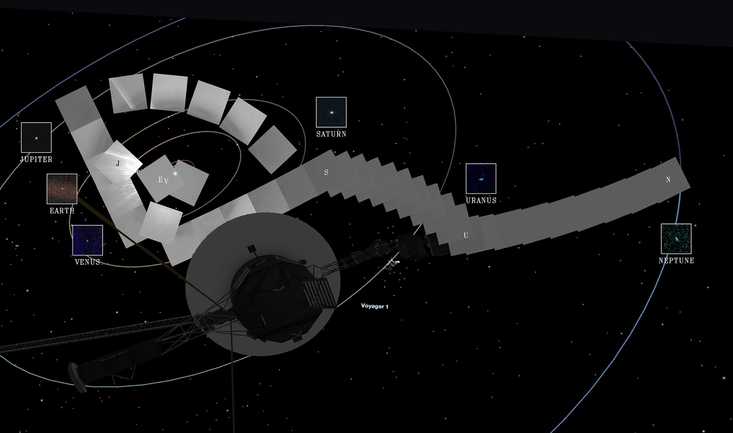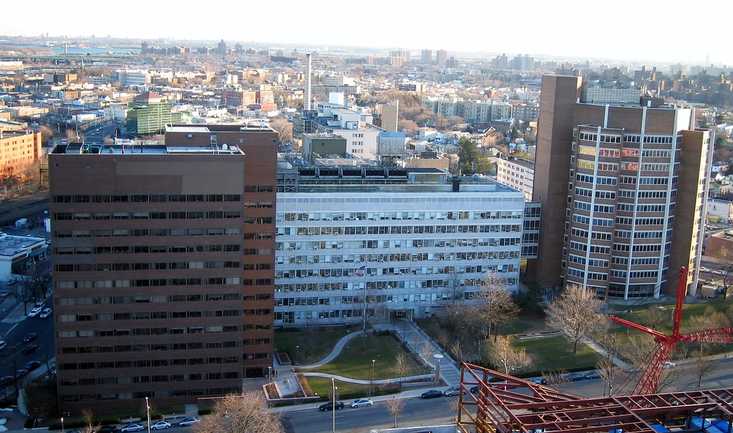A Simple Question Resulted In Some Harsh Truths About Recycling
Most of it doesn't end up where you might think. The Simpsons/Giphy
The Simpsons/Giphy
News that is entertaining to read
Subscribe for free to get more stories like this directly to your inboxWe’ve all heard for as long as I can remember that it’s a good idea to recycle. And sure, it’s arguably better to separate the trash into recyclable groups than it is to just toss it all in the nearest landfill.
But the truth is, there’s not as much oversight in the recycling realm as you might think. Officials in Palo Alto, California, wanted an answer to a simple question — and they got a complicated answer.
Where does all your recycling go?
Palo Alto officials had started fielding concerns from locals regarding reports that much of the recycling that is collected across the United States is simply shipped to Asia and dumped there. They wanted to know how extensive this practice had become and launched an investigation to find out. Here are the frustrating results of their efforts:
- 40% of recyclable refuse headed toward domestic processing facilities
- The remaining 60% was sent out internationally — mostly to Asia
- There’s very little information available about what happens to the majority of it
Unfortunately, Palo Alto is not alone in finding it quite difficult to get a satisfying answer to its question.
Activists want more transparency
The reason for all the secrecy about where your recycling goes seems to be tied to the fact that a handful of companies have a tight grip on the entire process.
In a recent report, Palo Alto officials explained: “It is not possible to definitively determine whether the materials are being recycled properly or whether they may be causing environmental or social problems.”
In Laos, for example, only a small fraction of waste is actually recycled because, as activist Serge Doussant explained, the country “doesn’t have the necessary factories to treat the amount of plastic waste coming from wealthy countries.”
 Why Is The Aging Voyager 1 Probe Sending Back Incoherent Communications?
It's been speaking gibberish for a few months and officials are concerned.
Why Is The Aging Voyager 1 Probe Sending Back Incoherent Communications?
It's been speaking gibberish for a few months and officials are concerned. One Woman’s Massive Donation Is Wiping Out Tuition At This Medical School
Her inheritance came with the instruction to do "whatever you think is right."
One Woman’s Massive Donation Is Wiping Out Tuition At This Medical School
Her inheritance came with the instruction to do "whatever you think is right." Woman’s Pets Will Inherit Her Multimillion-Dollar Fortune, Not Her Kids
It's not the first time four-legged heirs were named in a will.
Woman’s Pets Will Inherit Her Multimillion-Dollar Fortune, Not Her Kids
It's not the first time four-legged heirs were named in a will.